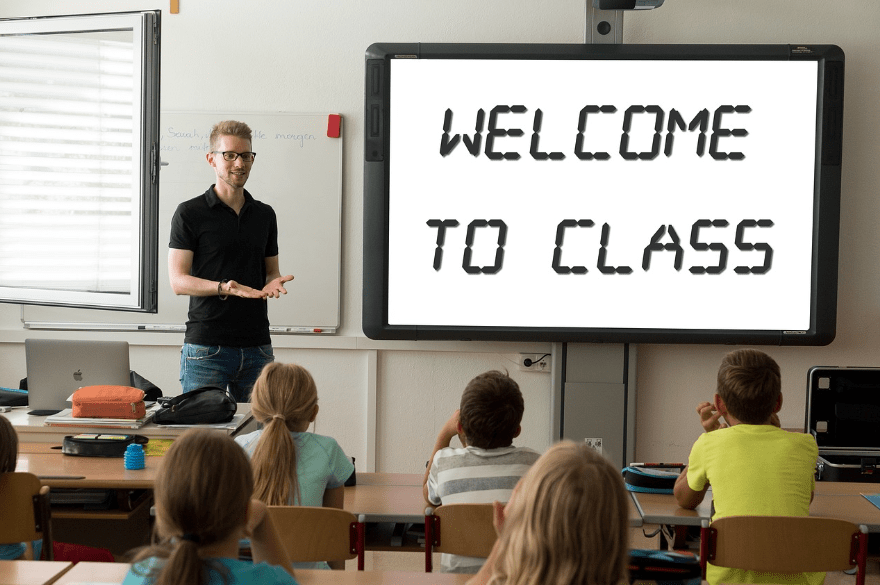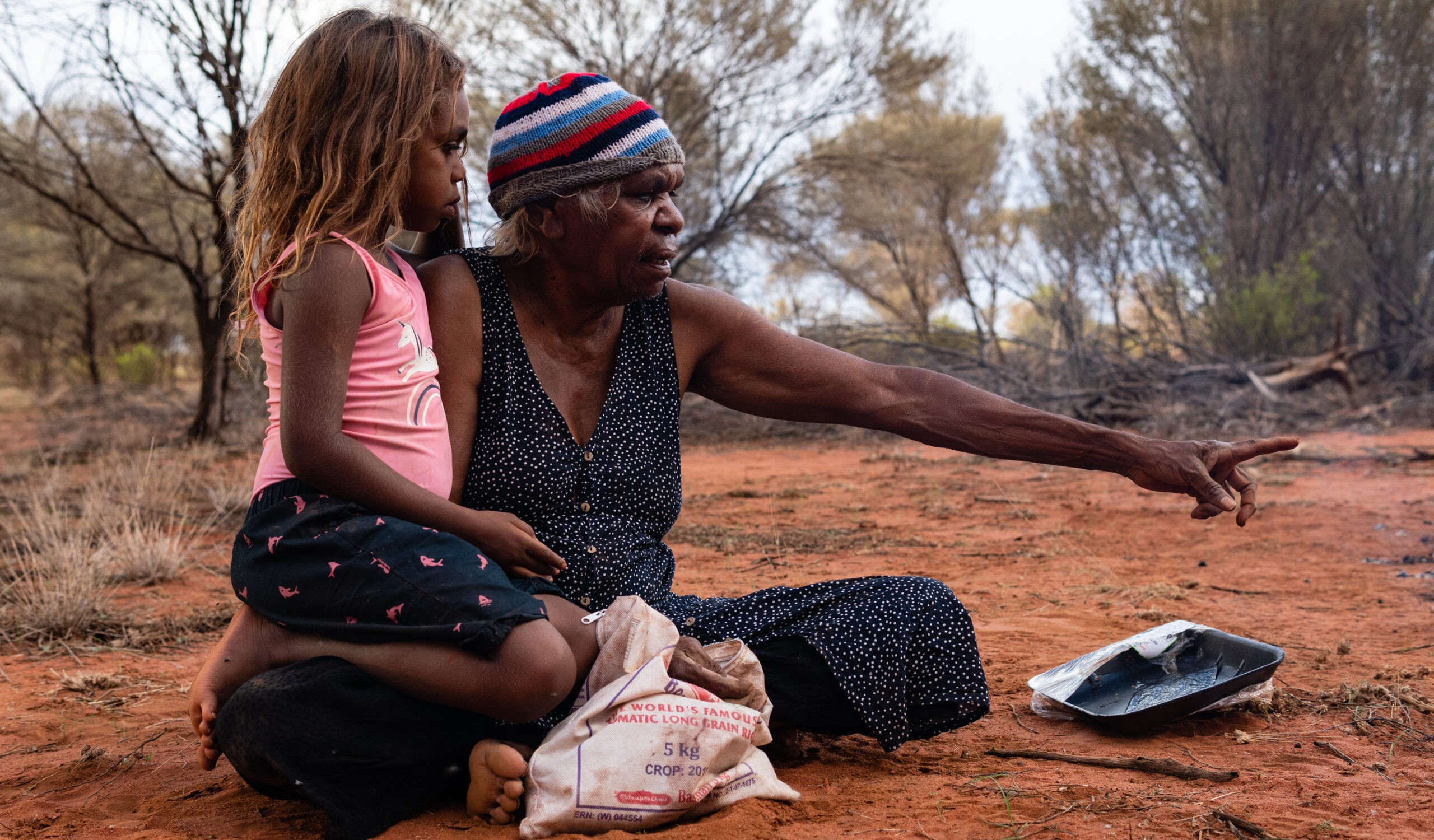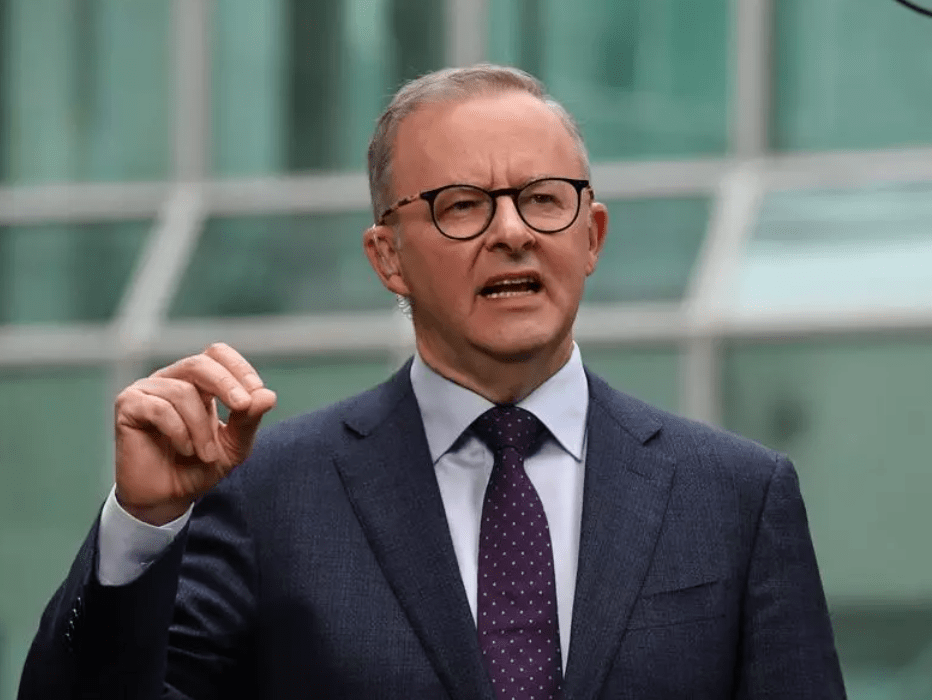All Australian teachers need to be able to teach their students about Aboriginal and Torres Strait Islander histories and cultures.
It is part of their professional standards and the curriculum requires First Nations content to be taught across all areas of learning.
But non-Indigenous teachers are often hesitant to include First Nations content. Some say they do not have the required knowledge because they did not grow up learning about it. Others are worried about teaching it incorrectly or causing offense.
Our new research shows three ways non-Indigenous teachers can overcome these concerns.

Why is First Nations content so important?
Research shows learning about Aboriginal and Torres Strait Islander histories and cultures benefits both Indigenous and non-Indigenous students.
As the Australian Curriculum explains, it is important for Aboriginal and Torres Strait Islander students to “see themselves, their identities and cultures” reflected in what they learn. All students also need to “engage in reconciliation, respect and recognition of the world’s oldest continuous living cultures”.
What are the requirements?
Responsibility for teaching Aboriginal and Torres Strait Islander curriculum content cannot rest solely with First Nations peoples. Reconciliation requires non-Indigenous teachers to walk alongside First Nations peoples in teaching this content.
The curriculum requires all teachers from the first year of schooling to Year 10 to teach Aboriginal and Torres Strait Islander histories and cultures.
It is labelled a “cross-curriculum priority” which means it needs to be included across different subjects, from English to maths, science, visual arts and history.
The professional standards for Australian teachers also require teachers to
Understand and respect Aboriginal and Torres Strait Islander people to promote reconciliation between Indigenous and non-Indigenous Australians.
But there are no official consequences if this content isn’t included. It is up to individuals schools and teachers to make sure they meet these requirements.
Our research
So far, research has tended to focus on the reasons why non-Indigenous teachers do not include First Nations content in their teaching, such as fear of making a mistake or not feeling qualified.
In our study we took a different approach. We explored why some non-Indigenous teachers do include Aboriginal and Torres Strait Islander content and how they go about it.
Through our work as university educators, we identified four non-Indigenous education students who were including First Nations content in their lesson plans without being asked to do so.
We conducted in-depth interviews with these students to understand the factors that influenced their willingness to include First Nations content in their lesson plans and how they went about doing this.
Why did non-Indigenous teachers include First Nations content?
Interviewees said official requirements were was not a major factor in their thinking. Rather, they felt morally compelled to include this content.
This was driven by their own experiences with racism, sexism and understandings of power and privilege in society. Marissa* said she wanted to “make an impact” on society through education. Axxel wanted Australia to “be as fair as it can be” and for his students to “develop their critical thought process[es]”.
Tahnee spoke about the lack of diversity in her school, university and work experiences.
I think all of those experiences […] even in slight little ways, one on top of another just made me want to, do something about this.
Our interviewees used three main strategies to include First Nations content in their lessons.

1. Follow ethical protocols
Interviewees were highly concerned about the ethics of including Aboriginal and Torres Strait Islander content. This included cultural protocols “around inviting an Indigenous representative into the school”, correct terminology and avoiding false information and anything which may be offensive.
They described “doing their research” as being a crucial component to enacting ethical practices. As Marissa told us:
Because there’s just so many ways you can make it go wrong. And that was a big challenge for me, and the only way I over overcame it was through research, I was doing so much.
2. Be learners (not just teachers)
Interviewees kept seeing themselves as learners. They clearly identified the limitations of their knowledge and their outsider status. This allowed them to make mistakes, forgive themselves and learn from them.
As Jenny explained, if you
are willing to learn then even when you get it wrong, you can learn from this and so can the class if the teacher is transparent.
3. Put First Nations voices first
Our interviewees emphasised how they sought out and privileged First Nations voices in their research and preparation work. This included emailing local Aboriginal organisations and identifying resources that were created by First Nations peoples.
However, interviewees said they wanted more direct contact with Indigenous peoples themselves in their formal studies. As Marissa explained:
it’s hard to see when you access resources on the internet and whether the stuff you’re reading about […] Does it actually reflect what [Indigenous peoples] think?
Jenny added:
I haven’t had any Aboriginal [person] teaching in the Master of Teaching […] not even a lecture […]. I’ve never actually had any direct information from an Aboriginal person.
What next?
Our interviewees show how early career non-Indigenous teachers can approach and include Aboriginal and Torres Strait Islander content in their lessons. It involves research, being aware of ethical considerations and continuing to learn from and engage with Aboriginal and Torres Strait Islander peoples and cultures.
But they also highlight how much more can be done. Universities can do more to role model learning from, and working in partnership with, First Nations peoples.
At the moment, it is rare for university teaching programs to have budgets to employ First Nations peoples and non-western knowledge systems and credentials are not often recognised.
So learning is mostly confined to classrooms. While there are ways to help this (through videos and other digital materials), more First Nations-led learning experiences should be included.
One example of this is the Nowanup “bush university”. This is an immersive cultural learning experience, where students engage in On Country learning with Noongar Elders who teach about listening to the land and Noongar ways of knowing, being and doing.
*names have been changed

